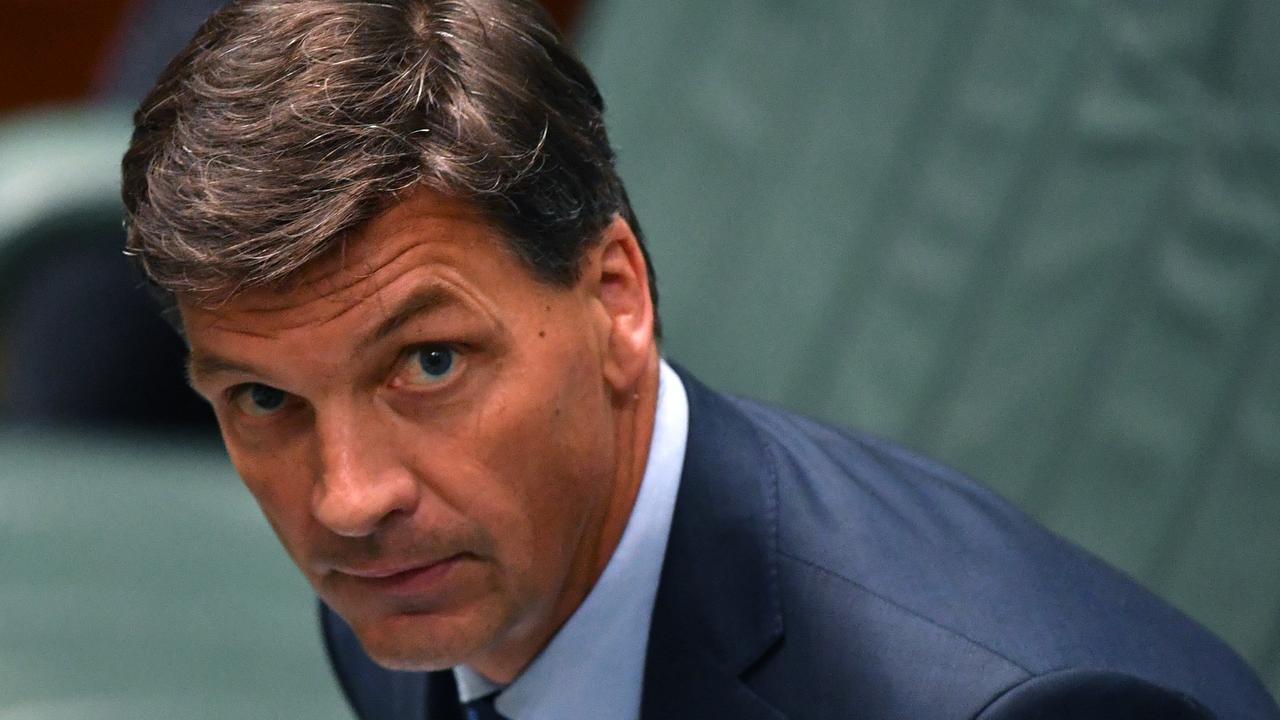Industry told Turnbull policy an emissions intensity scheme ‘by stealth’
Power companies were privately told that the national energy guarantee would favour renewable energy sources.

Power companies and large industrial energy users were privately told during the deliberations of a secret government-appointed working group that the national energy guarantee was an emissions intensity trading scheme “by stealth” that would favour renewable energy sources.
The admission was made by a member of the Energy Security Board to industry experts drafted to advise on the structure of the government’s NEG, and forced to sign confidentially agreements.
An industry source on one of the working groups told The Australian that they were advised that the NEG would favour companies that had invested in renewable energy, such as AGL.
Several Liberal MPs are now warning that the government’s policy amounts to a broken promise, following the release late on Friday of the draft final report into the operation of the NEG.
The document, completed on the advice of the working groups, confirms that the NEG will operate like an emissions intensity scheme — a system the partyroom had ruled out in late 2016 when first proposed by Energy Minister Josh Frydenberg. It would set targets based on demand forecasts, which industry insiders admitted could be easily gamed by renewable energy players and retailers.
It would also virtually exclude all or any emissions-offset measures such as carbon farming — currently the cheapest form of abatement at about $15 a tonne.
The reliability standards also appear likely to be based on average demand, and not periods of extremely high usage and low renewable supply when blackouts are most likely to occur.
NSW Liberal MP Craig Kelly, the chair of the Coalition’s backbench committee on energy, said he expected the partyroom would push back against the latest design work on the NEG.
Mr Kelly said it appeared the NEG would impose an emissions intensity scheme on the electricity sector and appeared to ignore the “hockey stick” approach to the emissions reduction trajectory out to 2030.
He said the “hockey stick” approach was aimed at giving energy companies the chance to backload their compliance with the Paris target under which Australia is obligated to reduce emissions by 26 per cent on 2005 levels by 2030.
“Obviously, the partyroom has concerns about the cost of the Paris agreement to the economy already,” Mr Kelly said. “I would assume it would be hesitant to endorse an interpretation of the agreement that will make it more costly to achieve.
“The literal reading of what’s been agreed under Paris was to achieve a 26 to 28 per cent reduction on 2005 levels by 2030. However, it now appears that there’s a push to interpret that as an accumulative emissions reduction which is added to each year, which sets emissions-reduction targets for every single year throughout the decade.”
Tasmanian Liberal senator Eric Abetz said he would be seeking an explanation as to why the emissions-reduction task was not being delayed until the end of the 2020s, arguing it would have reduced costs by allowing more time for new technologies to come online.
“My recollection of the discussion (about the NEG) was that the emissions-reduction task would be backended and therefore I would seek very detailed explanations as to why we are no longer following that more sensible path,” Senator Abetz said. “Fundamentally, getting our energy policy absolutely right is going to be a determinant of our success at the next election and at the moment I’m not sure that we have convinced the Australian people of our absolute commitment to keeping prices affordable.”
Under the updated design work on the NEG, 100 of the nation’s biggest energy users would be required to contract their own back-up power or agree to dial down usage. The updated design work, produced by the ESB, calls for a system of contracts that would help shift some of the burden of reliability in electricity supply on to big customers, reducing the cost to power retailers.
The government would also back emissions-reductions targets under the NEG with new penalties, including a fine of up to $100 million for failing to meet the target. The NEG would require businesses using 5MW or more of peak-load power, as well as energy retailers, to sign up to the reliability requirement to ensure there was enough dispatchable energy in the system to keep the lights on.
Finance Minister Mathias Cormann said yesterday the NEG had received Coalition partyroom approval, amid “strong and overwhelming support” for the package. “Our commitment is to bring down electricity prices, to improve the reliability and stability of the energy system and, subject to those commitments, to bring down emissions consistent with the commitments that we made in Paris,” he said.
Mr Frydenberg said the government had “turned the corner” in helping drive down the cost of electricity bills despite admitting recent price declines had not gone far enough.



To join the conversation, please log in. Don't have an account? Register
Join the conversation, you are commenting as Logout